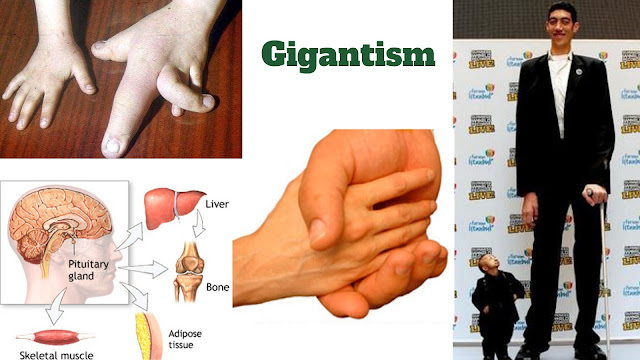Why It's Easier to Succeed With Xia-Gibbs Syndrome Than You Might Think:
Xia-Gibbs syndrome is a recently discovered Rare Genetic Disorder that is initiated by a heterozygous mutation in the AHDC 1 gene on Chromosome 1p36.So it is ultimately known as AHDC1-related intellectual disability-obstructive sleep apnea-mild dysmorphism syndrome. Affected people usually present with developmental delay, low muscle tome, failure to thrive, breathing difficulties when sleeping, mildly unusual facial features.
Symptoms:
Symptoms of Xia-Gibbs Syndrome include,
· Expressive language skills are particularly affected; children with this condition usually do not speak their first word, a milestone typically achieved within the first year, until age two or later, and some never learn to talk.
· Development of motor skills, such as crawling and walking, can also be delayed.
· Other signs and symptoms of Xia-Gibbs syndrome vary among affected individuals. Additional neurological features include poor coordination and balance and seizures.
· Feeding problems and sleep abnormalities can also occur in people with the condition.
· In some people with Xia-Gibbs syndrome, imaging tests of the brain show abnormalities in the brain's structure. For example, the tissue connecting the left and right halves of the brain can be abnormally thin.
· Behavior problems can also occur in Xia-Gibbs syndrome. Some affected individuals have features of autism spectrum disorder, which is characterized by impaired communication and social interactions, or of attention deficit hyperactivity disorder (ADHD). Other problems can include aggression, anxiety, poor impulse control, and self-injury.
Cause:
Xia-Gibbs disorder is carried by mutation in a gene called AHDC1. This gene gives directions to making a protein with an uncertain ability. The greater part of the AHDC1 quality changes associated with Xia-Gibbs disorder lead to creation of unusually short AHDC1 proteins. The impacts of these adjustments in cells are indefinite. The abbreviated proteins might be immediately separated or be not able capacity. Or then again, the strange proteins may interfere with the capacity of AHDC1 proteins created from the ordinary duplicate of the quality. Unusual advancement of other body frameworks brought about by a deficiency of AHDC1 protein may represent extra signs and side effects of the condition.
Treatment and Management:
Genetic testing is a kind of medical test that recognizes changes in chromosomes, genes, or proteins. The consequences of a genetic test can approve an assumed genetic condition or help determine a person’s chance of developing or passing on a genetic disorder. In excess of 1,000 genetic tests are presently being used, and more are being developed.
A few strategies can be utilized for genetic testing:
- Molecular genetic tests study single genes or short lengths of DNA to recognize dissimilarities or alterations that lead to a genetic disorder.
- Chromosomal genetic tests evaluate whole chromosomes or long lengths of DNA to check whether there are huge genetic changes, for example, an additional copy of a chromosome, that cause a genetic condition.
- Biochemical genetic tests study the activity level of proteins; irregularities in either can indicate changes to the DNA that result in a genetic disorder.
Genetic testing is intended. Since testing has benefits just as limits and dangers, the choice about whether to be confirmed is a particular and complex one. A geneticist or genetic counselor can help by giving information about the advantages and disadvantages of the test and conferring the social and emotional aspects of testing.




Comments
Post a Comment